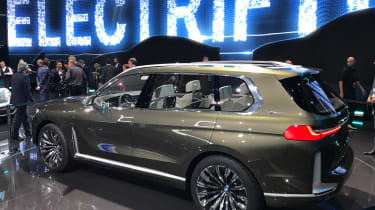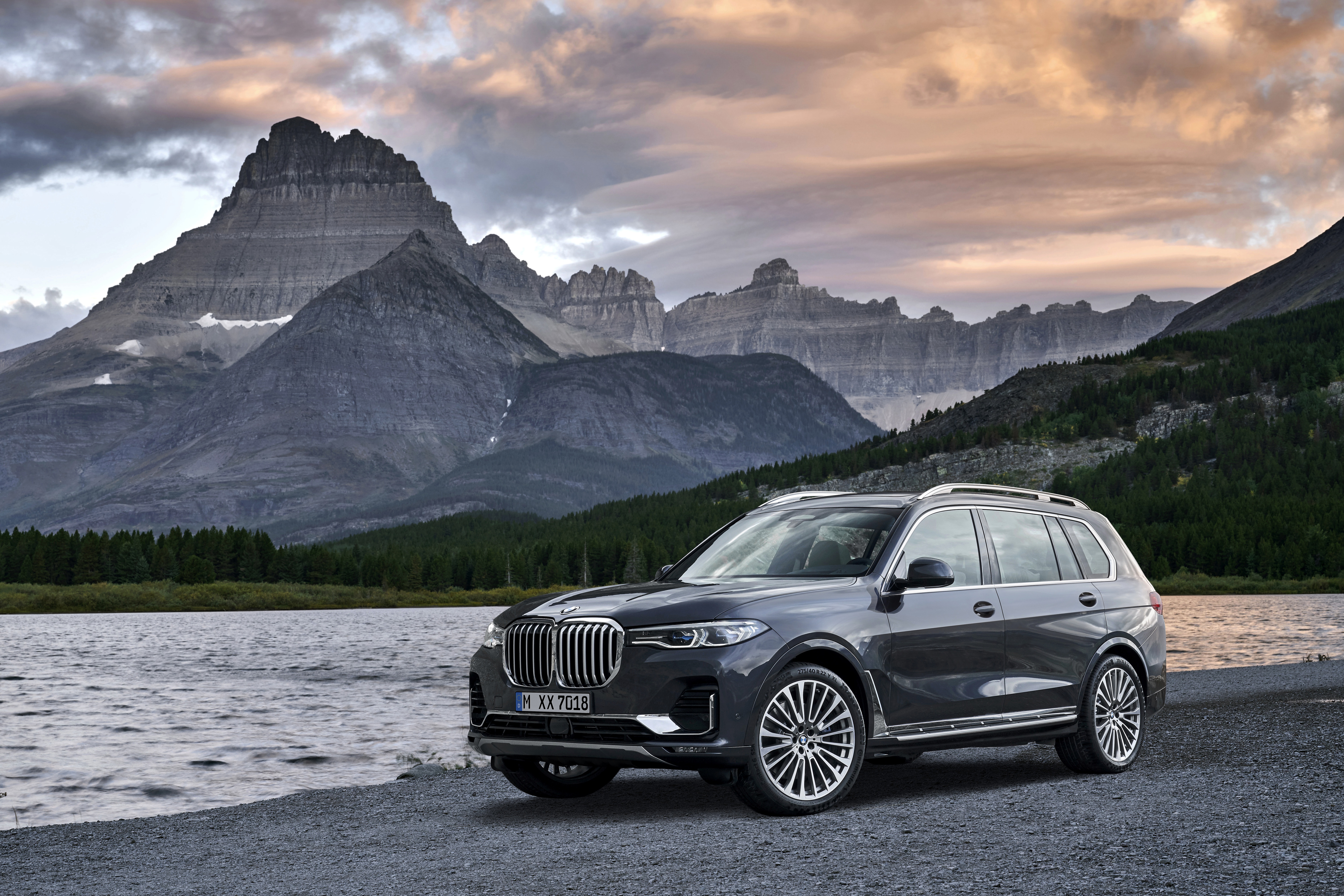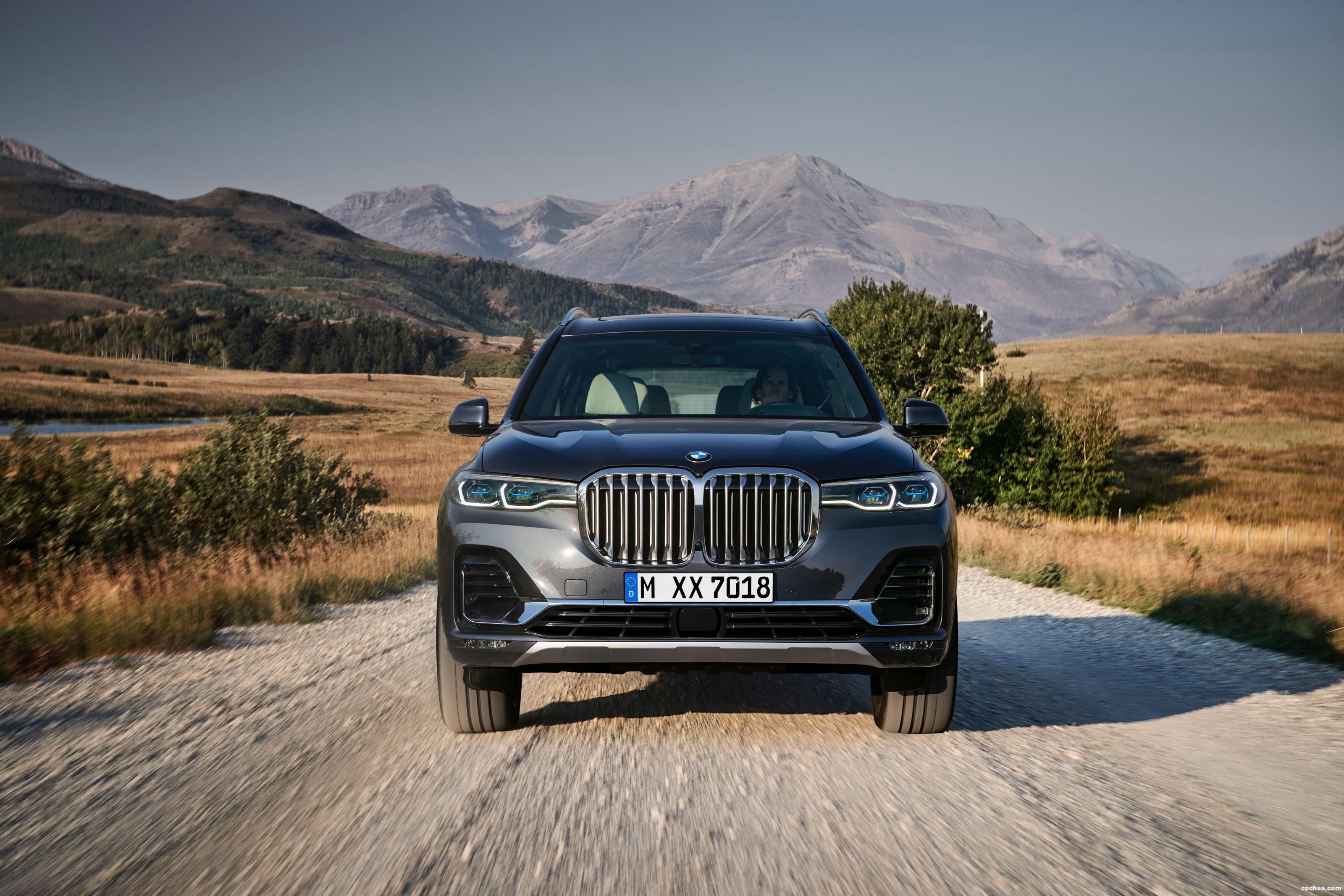


The BMW X7 isn’t all that far behind potholes and the like send small but noticeable shivers through its body, but its suspension conducts its business in a quieter manner than the Q7’s. Even on the Vorsprung’s 22in wheels, the Audi Q7 delivers a relatively smooth and comfortable ride along most urban roads, although cheaper trim levels with their smaller rims are comfier still. We know handling isn’t a priority for most in this market, but it’s worth noting that the X7 isn’t the ‘ultimate driving machine’ you might be expecting.Īt lower speeds, there’s little to separate the two cars. And whereas the Q7 seems to shrink around you when you drive spiritedly, with its more accurate steering and tighter body control, the X7 always feels a little wallowy and top-heavy. The Q7’s, meanwhile, is slow-witted and dithers for a second or two before choosing a gear – hugely frustrating if you want to pounce on a gap in the traffic.īut what if you drive more on British country roads than French autoroutes? Well, there’s no hiding the fact that the X7 is a fair bit bigger than the Q7, so it’s harder to place in town and on tight B-roads. Despite its majestic appearance, it gives an impression of lightness and. INCREDIBLE INTERIOR In the 2024 BMW X7, luxury surrounds you. The X7 is the elegant fusion of presence and personality.
#Bmw x7 driver
YOUR LIFE, CONNECTED From intuitive displays to advanced safety systems, the technology in the 2024 BMW X7 SUV works in harmony to make your life easier. BMW X7 2023 BMW X7 Starting at 78,845 9.5 / 10 C/D RATING Specs Photos Marc Urbano Car and Driver Select a year 2023 2022 2021 2020 2019 Highs Quiet as a library inside, ride is velvety. Put your foot down at the same time in both cars and you’ll find that the X7’s gearbox is quicker to react, shuffling down a handful of ratios in an instant and enabling the car to surge forward. The 2024 BMW X7 SUV features luxurious finishes, expert engineering, and spacious freedom for driving comfort from the inside out. You buy one for effortless motoring, and that’s where the X7 carves out an early lead. The X7 adds a heaping dose of driving enjoyment to the large luxury three-row SUV segment with its available turbocharged V8 engine and capable handling. However, you don’t buy one of these cars for the traffic light grand prix. So you can imagine our surprise when the Q7 clocked a 0-60mph time of just 6.3sec, versus a still respectable but less exciting 7.5sec from the X7. Both weigh more than two tonnes, are powered by a six-cylinder 3.0-litre diesel engine and use an eight-speed automatic gearbox. On paper, the Q7 and X7 are pretty evenly matched. You can thank us later.ĭriving Performance, ride, handling, refinement By opting for a three-year-old example of either, the pair come in at around £20,000 less than what they cost when new. While virtually no X7 customers will take their cars off the beaten track, BMW’s engineers understand that for it to be seen as credible, it has to be able to go off-road for the few who want to.Is it style over substance, though? We're about to find out – and also save you money. Is the BMW X7 also capable off-road?īMW doesn’t really talk up the X7’s all-terrain credentials, but the xOffroad package is optionally available with modes for sand, rocks, gravel and snow. Post-facelift cars are available with 23-inch alloy wheels and while we’re yet to sample them, the ride will likely still be serviceable – if not quite as imperious as versions with smaller alloys. Cracks and lumps in the road are ironed out, while the amount of noise making its way into the cabin is surprisingly low given that you’re enclosed inside a 2.6-tonne SUV punching a hole in the air. Ride comfort and refinement on the standard air suspension is deeply impressive.

Combine this with BMW’s Active Roll Stabilisation that prevents the car leaning so much when cornering, and it feels impressively responsive. When speeds are much lower, they point in the opposite direction to the fronts, making the X7 even more manoeuvrable. At motorway speeds, they turn in the same direction as the front wheels for increased stability, which BMW claims improves passenger comfort as there’s less lateral movement for passengers in the back along curves in the road.


 0 kommentar(er)
0 kommentar(er)
